Badger Coloring Pages
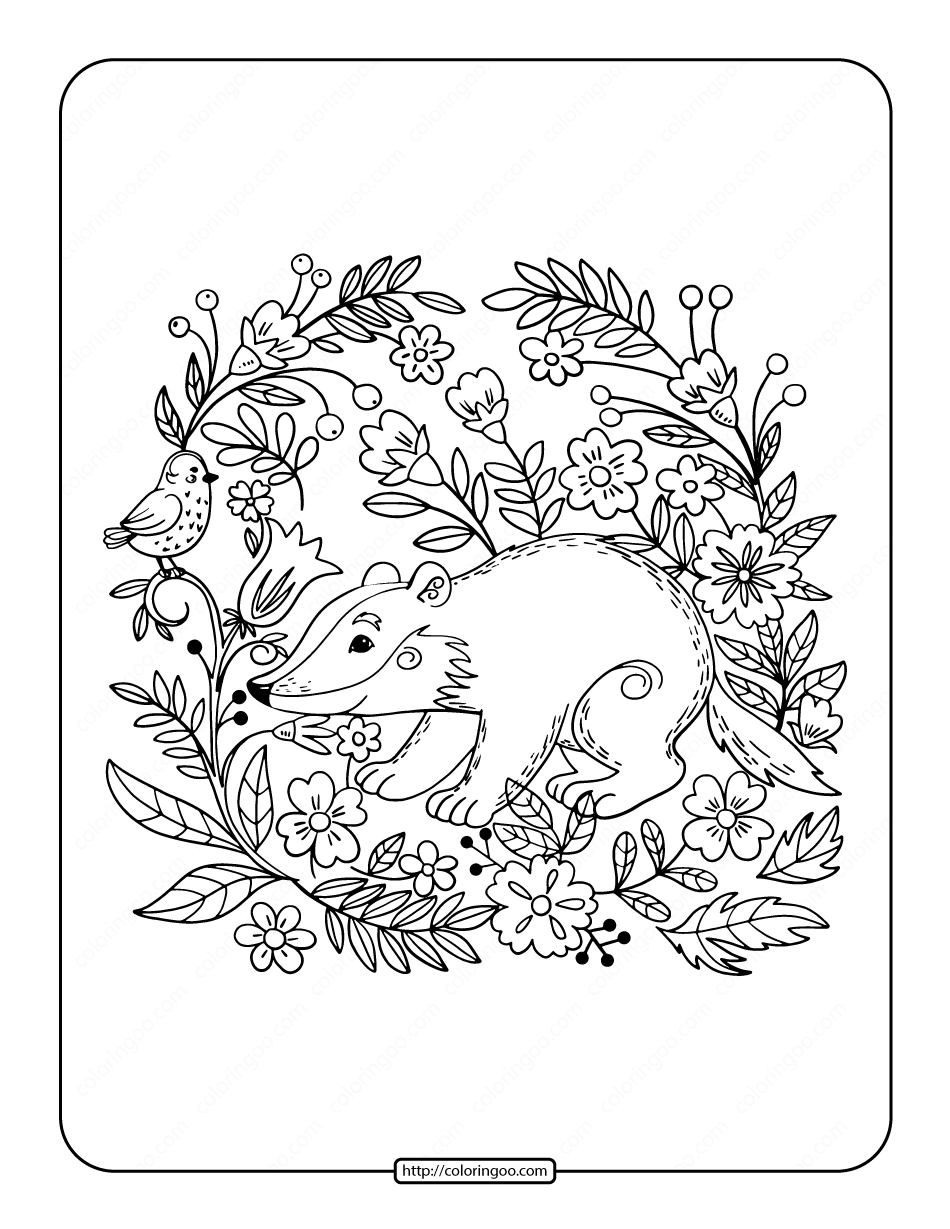
6 Brand New Badger Coloring Pages – Free to Print and Color
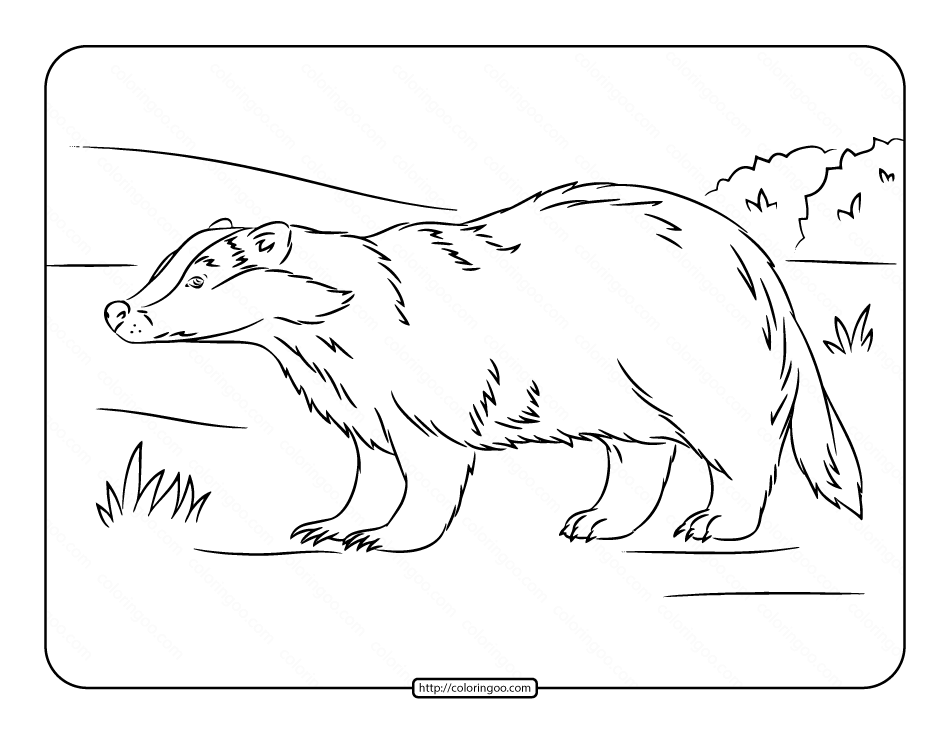
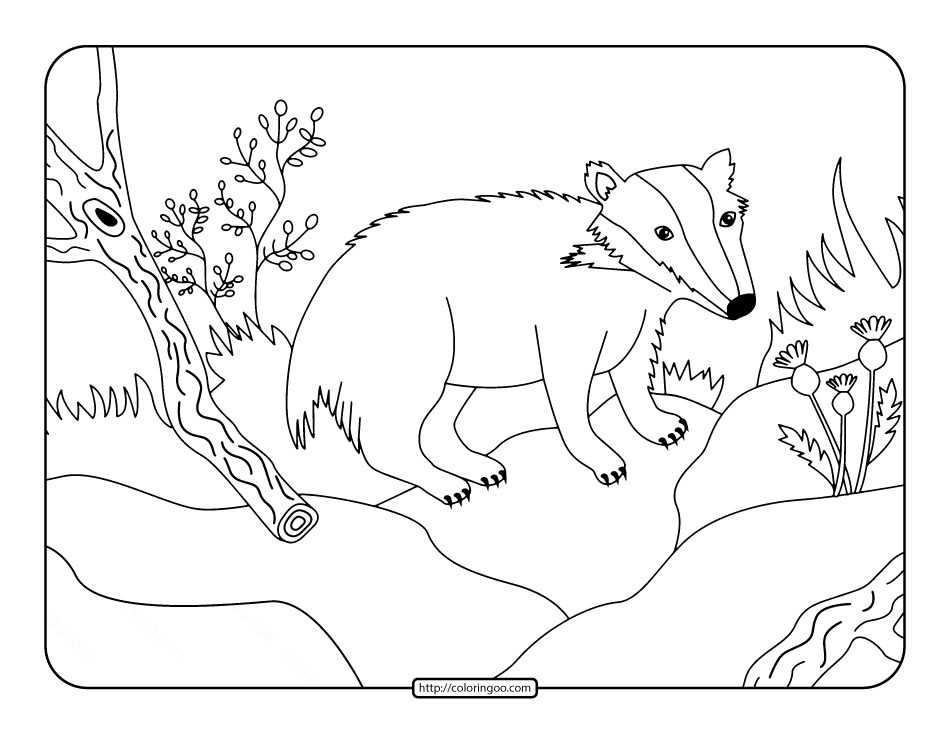

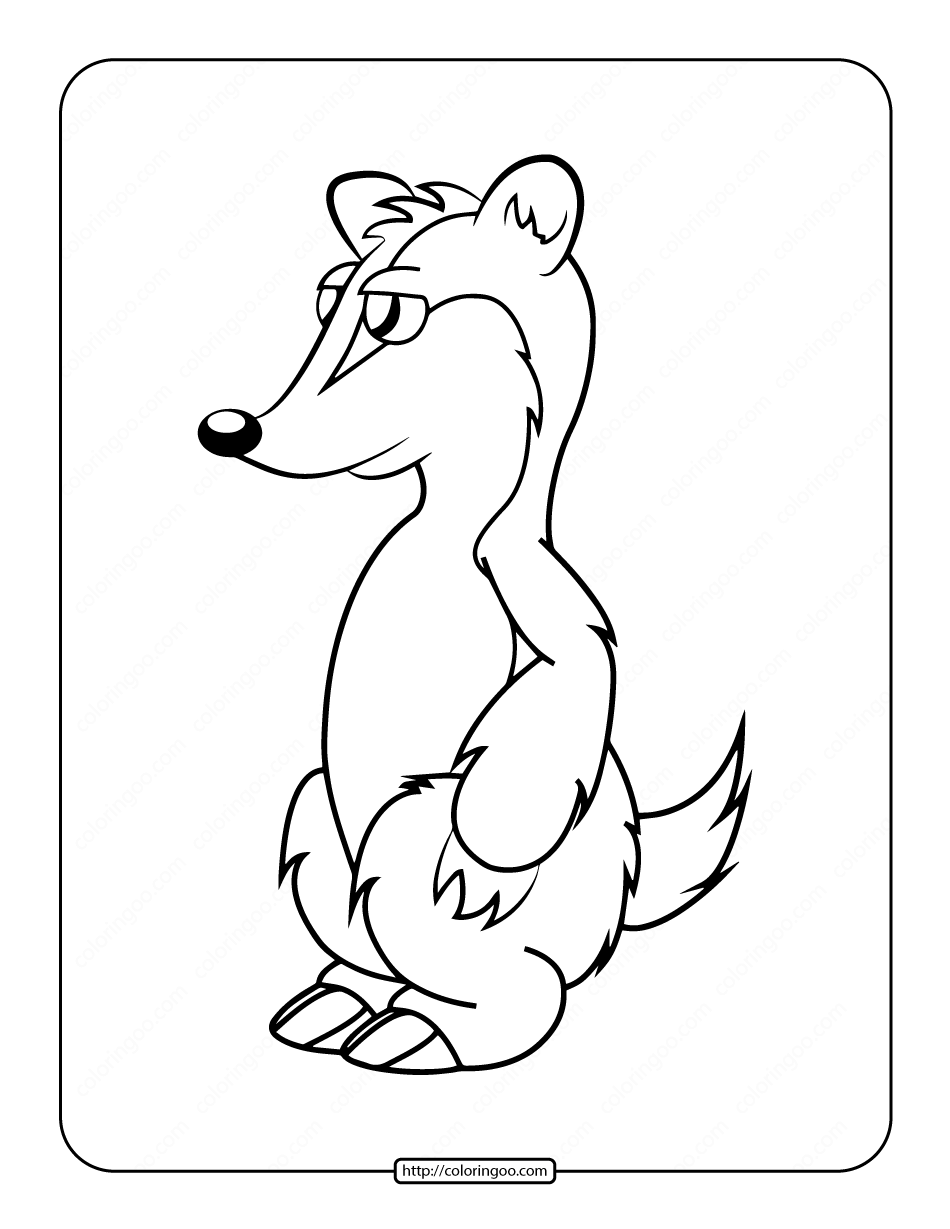

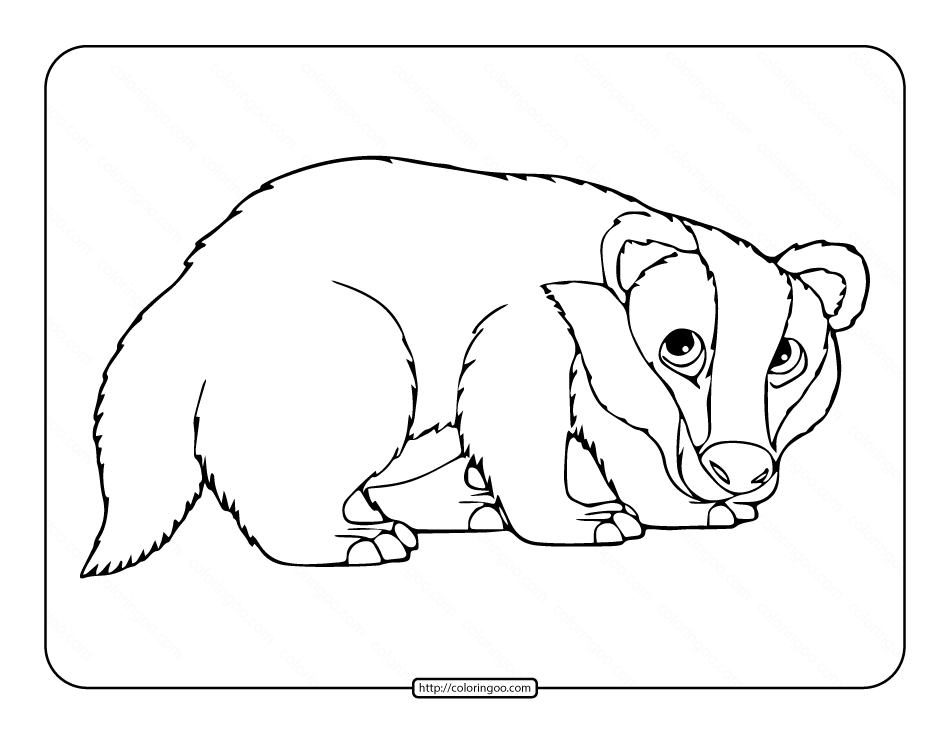
Free Printable Badger Coloring Pages
The badger is a stout animal known for its burrowing ability. Most badgers belong to the weasel family (Mustelidae), which includes animals such as ermines, mink, ferrets, marten, and wolverines. There are 10 species of badger, which differ in size, habitat, and color.
Badgers are found in various parts of the world. The North American badger (Taxidea taxus), the only New World species, is usually found in open, dry country of western North America. The Eurasian badger (Meles meles) is found throughout Europe and Asia, while the hog badgers (Arctonyx collaris) live in mountainous areas of Southeast Asia. The four species of ferret badgers (genus Melogale) live in grasslands and forests from India to China and Southeast Asia.
Stink badgers consist of two species, the Malayan stink badger (Mydaus javanensis) and the Palawan stink badger (M. marchei). The Malayan stink badger dwells on Southeast Asian islands, usually in mountainous areas. The Palawan stink badger is a little-known badger from the Philippines. Recently both stink badgers have been reclassified from Mustelidae to the skunk family, Mephitidae. Like skunks, stink badgers have anal glands that produce a strong-smelling fluid that can be sprayed.
All badgers share some of the same characteristics, including the possession of anal scent glands and powerful jaws. They also all have large, heavy claws on their front feet, which are used to dig for food and to build underground dens.
The length of badgers ranges from about 13 to 17 inches (33 to 43 centimeters) for ferret badgers to 22 to 32 inches (56 to 81 centimeters) for Eurasian badgers. This measurement does not include the tail, which may reach lengths of about 9 inches (23 centimeters). Most badgers weigh from about 9 to 30 pounds (4 to 14 kilograms).
The American badger possesses a broad, flattened head and short legs and tail. The color of the coat is grayish and grizzled, dark at the face and feet with a white stripe extending from the nose to the back. The Eurasian badger is also grayish, but it has large black-and-white facial stripes. The ferret badger is brownish to blackish gray, with white markings on the face, throat, and sometimes the back. The hog badger is gray to black, with a black-and-white-striped head pattern and white throat, ears, and tail.
All badgers are nocturnal (active at night). The American badger captures most of its prey by rapid digging. Generally solitary, it feeds mainly on rodents, particularly ground squirrels, pocket gophers, mice, and voles. Other prey includes insects, reptiles, and eggs of birds that nest on the ground. The other badgers are omnivorous. The Eurasian badger consumes earthworms, insects, small mammals, birds and their eggs, and also fruits and nuts. Ferret badgers consume mostly insects, worms, small birds, rodents, and wild fruits. Hog badgers find food by rooting. Their diet consists mostly of earthworms and other invertebrates, but they also consume fruits and small mammals.
Most badgers spend the day inside a burrow. The social Eurasian badger lives in groups within an extensive network of burrows called sets. During the winter American badgers sleep underground for long periods. To survive this period of fasting, they accumulate large amounts of body fat during late summer and autumn.

